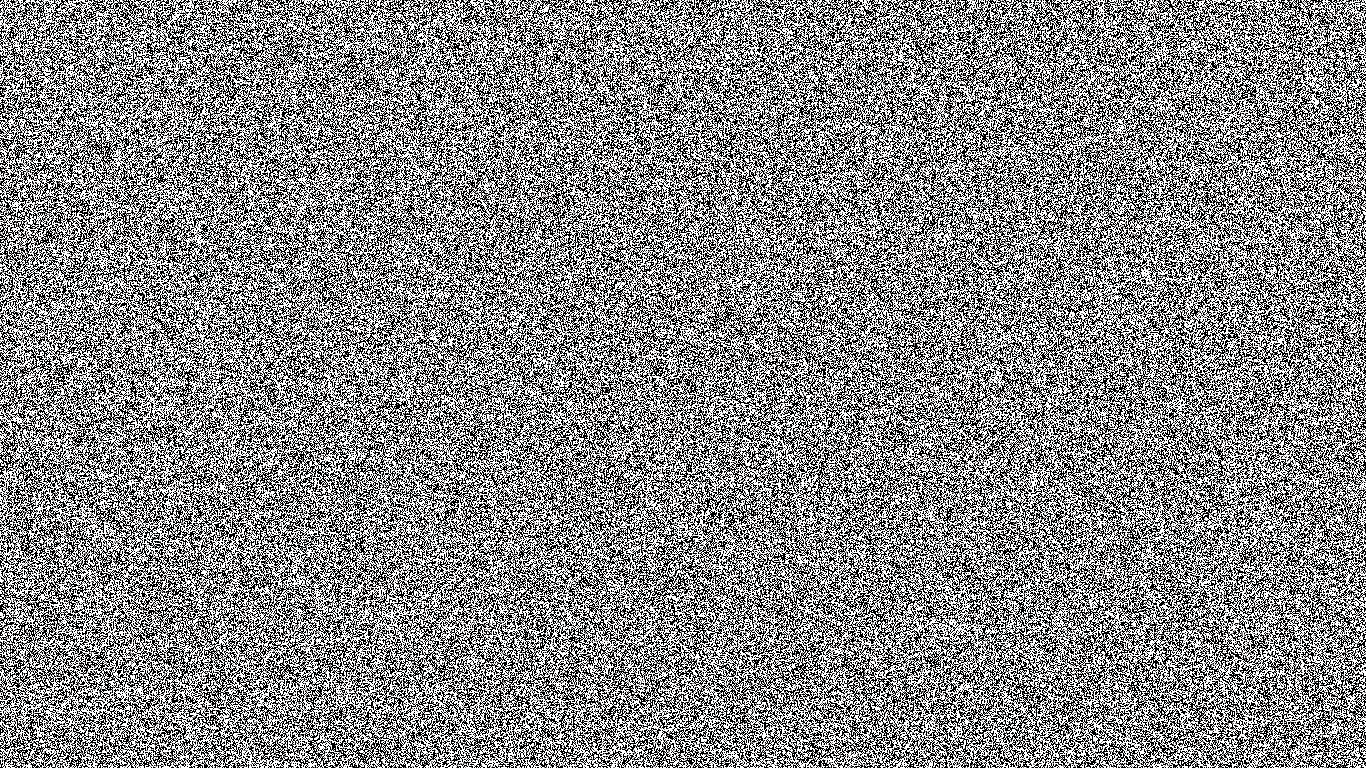Art channel
InterviewsMy Identity, the identity of the body!

Pietà G40, the wooden and cotton installation (a kind of a camp bed)
My body is one of the most important ‘material’ in my works. The body is active, but not by itself. The subject of its activity is the ‘I’ searching for an identity. The identity is moving (process-based and dynamic); it is identified with constantly updated relations with the ‘I’. The process of updating denotes family, generations and past which I keep on working on.
My body is not symmetrical. It has limited possibilities of harmonious activity in time-space. In most of my works, the starting point is the non-symmetrical feature of my body. If we approach the topic of corporeality, irrespectively of what it is, by placing it within the framework of a process, we may see it as an evolution. Looking at it in a variety of aspects; not only artistic, allows for a contact with a viewer, but also it becomes an aim in which we may achieve a therapeutic and spiritual development. This is the starting point of ‘The Superheros’, an art-social campaign which through the medium of alternative, comic book images of disabled heroes (Frida Kahlo, Steve Wonder, Polish sportspeople such as Natalia Partyka and Michal Chrobak) wanted to change the way disability is generally seen in the society.
In my works, I ask questions about how I see myself, in what form I appear, and what I identify with? In works concerning the body, the form is the most important. I see it as a borderline created in i.e.: performance, connecting and separating me from the world. It reveals to the viewer the structure of co-shared reality governed by various schemata. They are developed in socialising processes. We notice habits taking control over us. To identify with the body, emotions, feelings and thoughts (for instance over the thought – how we think and speak about ‘I” – we need to overcome schemata of behaviours forced upon us.
Below, I shall present some performative works, which were created within the scopes of the sensual and the body. I want to stress that the works represent a stage in life when I was searching for an answer to the question of who I was.
The asymmetry of my reality

The asymmetry of my reality, Performance ‘Strefa Szarej’ Cieszyn Festival 2004
I concentrate in this work on my everydayness and condition. I am interested in the necessity of continuous discovering of space delineated by corporality. It fights with own simple limits, disadvantages of own body. When I drew a line with charcoal on the floor, I divided the space. I set a border. I moved it onto my body and thus I marked an agreed symmetry axis. Did I manage to overcome the limits I set myself?
Hemiparesis Dextra

Hemiparesis Dextra, exposition Art Picnic, Modlin, 2005
In this work, a pushchair for children was transformed. I turned it into an everyday object. By reducing and shortening the right side, it became an image of my body inscribed in an object, imprinted in its memory.
The emperor

The emperor, Performance ‘Interieur’, Bielsko-Biala 2006
This is an action in which I made references directly to my earlier experiences – the birth through caesarean section. I sewed together a symbolic womb made of canvass. I created for myself a ritual of re-birth. By returning to the beginning; by sewing myself inside the womb, I underwent the process of development, and after that, by freeing myself I could translocate to the moment of a symbolic birth. The most significant part of this work is to experience the situation in which I could decide upon this essential moment of arriving in this world. In the action, I created for myself a ritual of passing. Through a direct reference to the womb, I wanted to show how important is this social beginning, the circumstances during which we take our first breath, and how the birth influences our future life.
Self-portray

Michał Bałdyga, Self-portray, 2005
The work is a trace of the path left by us during a transformation (it is made with black paint, I wallowed in it). It is a mark of freeing ourselves from a cocoon of chaotic, incomprehensible patterns, a stage of life, which we leave behind for the sake of a quality change. It is a mystery of appearing in a form and disappearing from the stage and everything that is left after us, what memory content is assigned to the name.
Pietà G40

Pietà G40, the wooden and cotton installation (a kind of a camp bed)
G40 – is a code for epilepsy. Pietà [from Italian Pietà – mercy] is in fine arts representation of the Holy Mother holding on her laps the body of dead Christ. This common in the 14th and the 15th-century symbol has been updated by me to take the form of stretchers. The symbol, ingrained in the memory, brings the immediate associations. By placing the symbol in a particular context, I aim to degrade the initial meaning by creating a sign with a completely new quality. A sign for our times.
